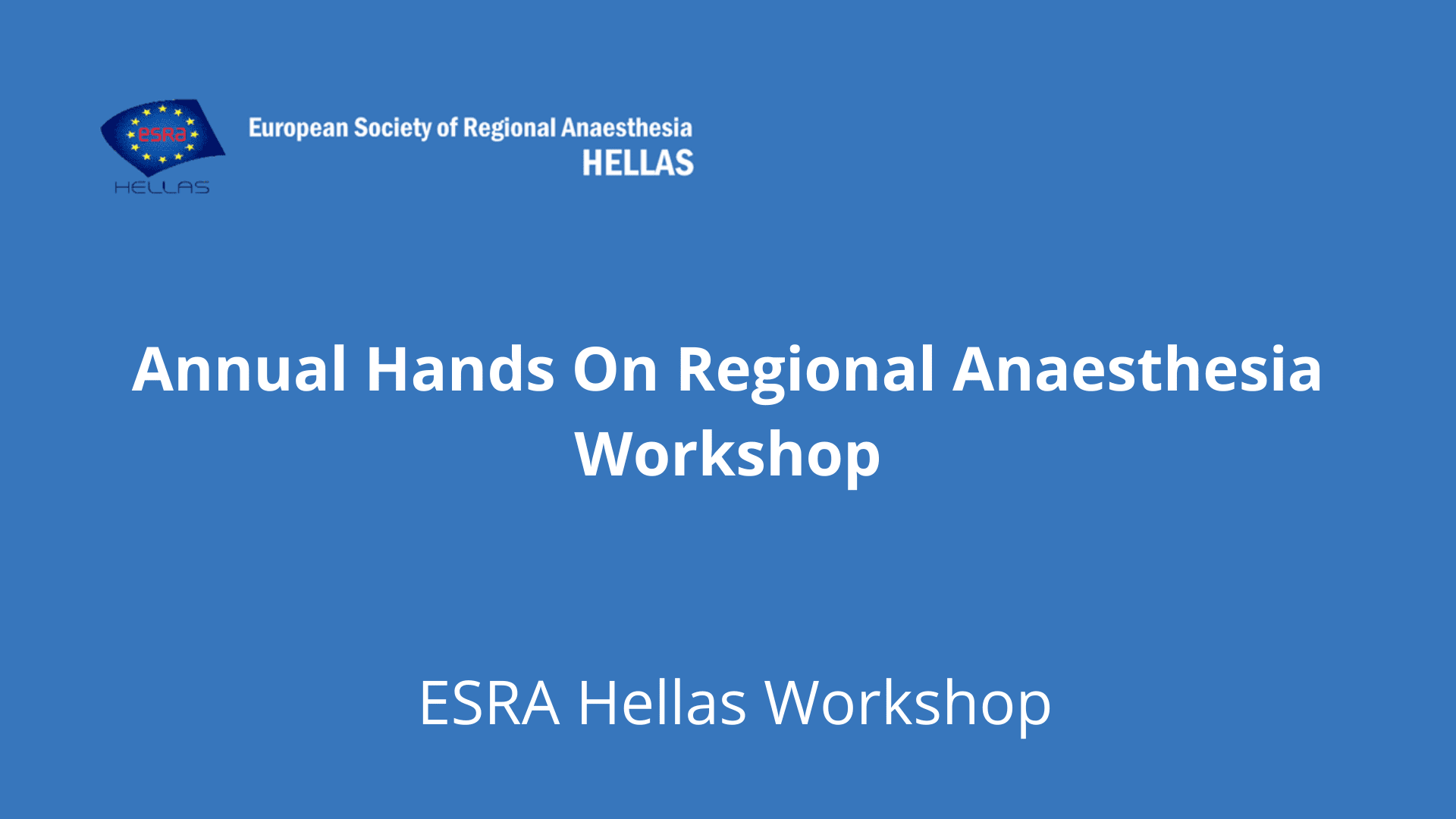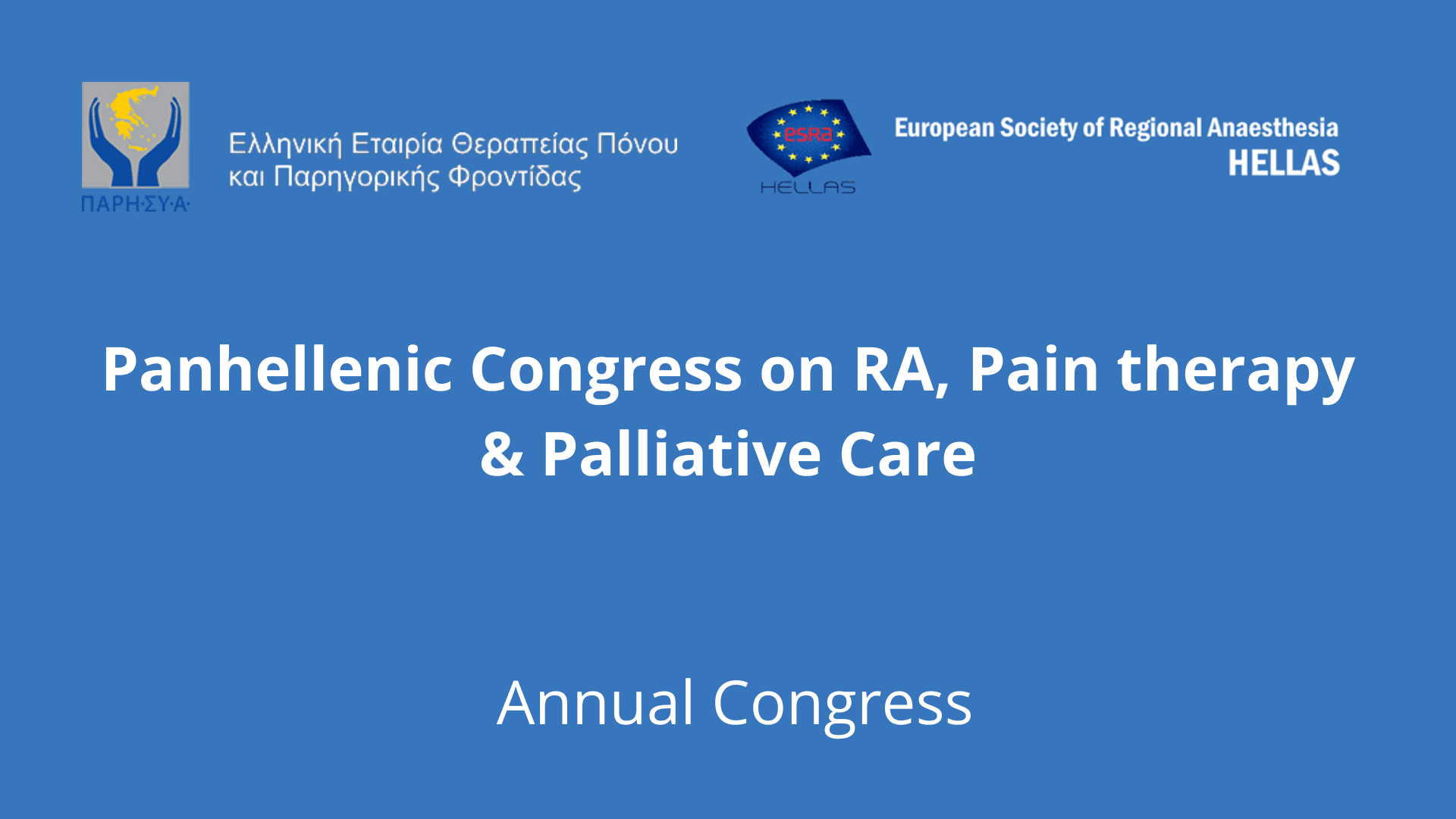PARTURIENTS WITH VALVULAR HEART DISEASE

ESRA Highlights
23rd Annual ESRA Congress
September 8 – 11, 2004, Athens, Greece
Congress Highlights
PARTURIENTS WITH VALVULAR HEART DISEASE
Andre Van Zundert
Catharina Hospital – Brabant Medical School
Eindhoven – The Netherlands
For Full Text in pdf form click here.
Ιn the past, when patients with heart valve diseases needed anaesthesia, general anaesthesia was the technique of choice, mainly dictated by non-anaesthesiologists, who gave their opinion as a cardiologist, internist, … The devastating effects of hypotension due to the regional anaesthesia sympathectomy, resulting in a decrease of systemic vascular resistance, preload and consequently coronary perfusion, were avoided by the anaesthesiologist. Consequently very few publications appeared in the literature. Only bad outcome was published from time to time, related to case reports. Prospective randomized studies are not done, partly due to the low frequency of these heart valve diseases and partly because ethical issues also do arise.
In the 1980s a few case reports describe the difficulties seen in older (non-pregnant) patients with idiopathic hypertrophic subvalvular aortic stenosis (grade IIΙ), who had to undergo an operation for a femur fracture [1]. Spinal anaesthesia (8 mg tetracaine + 100 µg fentanyl) resulted in severe hypotension, tachycardia and ST depressions, and the operation was cancelled. One week later the operative intervention was performed successfully under general anaesthesia. Epidural anaesthesia has a slower onset time, and consequently the patient may compensate better to a slower onset of the sympathetic block. This was the case in a 56-yr old patient [2] with idiopathic hypertrophic aortic stenosis (LVEDP 25 mmHg – peak systolic pressure LV – aorta 100 mm Hg), who underwent an herniorraphy under epidural anaesthesia (15 mΙ lidocaine 2%), resulting in an upper sensory block to Th 10, hypotension (70/40 mm Hg) and bradycardia (20 bpm), with an adequate reaction to iv atropine 1.2 mg.
In 1987 Aderson [3] published a case in which a 36-yr old primigravida (aortic and mitral valve regurgitation and LVΗ – preeclampsia [proteinuria 6 g/24 h – oedema – dyspnoea] – blood pressure 220/120 mm Hg) underwent a Caesarean delivery under epidural anaesthesia. Following a test dose (2 ml bupivacaine 0.5%), a bolus (18 mΙ bupivacaine 0.5%) resulted in hypotension, which was corrected with Hartmann solution. An upper sensory level of Th 4 was obtained, but no sacral anaesthesia. Α further bolus (6 mΙ bupivacaine 0.5%) resulted in severe hypotension, not responding to fluid, vasopressor therapy, intubation, ventilation, cardiac massage. The baby survived a quick delivery, but the mother unfortunately died. The author concluded that epidural anaesthesia for a Caesarean section is contraindicated in patients with severe heart valve diseases.
Perhaps this conclusion was drawn too early. In the 1990s, more knowledge was gained and better results were obtained ία non-obstetric patients with heart valve diseases, by using a meticulous anaesthesia technique, instituting gradually a regional block to the level requested, combined with adequate monitoring. In patients with severe aortic valve stenosis, good results were obtained with continuous spinal anaesthesia (five boluses of 2.5 mg bupivacaine in a 4 hr procedure) [4 – 5].
Several publications concerning obstetric patients were also published. Hemmings [5] described a 33-yrs old primigravida with mitral valve regurgitation (grade IIΙ), who could safely be delivered under epidural anaesthesia (12 hr partus with 130 mg bupivacaine). An epidural catheter was inserted at the L2-L3 lumbar interspace, and a low forceps was used, avoiding bearing down activities by the mother, as the latter showed a deterioration in hemodynamic function. Before the institution of the epidural, uterine contractions had hemodynamic consequences, which were not seen when the epidural block was in function.
Painful contractions and stress clearly stimulated the sympathetic outflow. Α good outcome was obtained by a slow induction of the epidural block (no epinephrine), lateral position and left uterine displacement, avoiding bearing down and valsalva manoeuvres. Oxytocics need to be delivered with caution and a continuous infusion is preferable.
Α combined spinal epidural anaesthesia technique is also a promising technique in parturients with heart valve diseases. Van Helder [6] demonstrated that a 30-yr old primigravida with aortic valve stenosis (0.8 cm2 – gradient 35 mm Hg) and a combined mitral-aortic valve regurgitation disease, underwent excellent anaesthesia for both the trial of labour and the Caesarean delivery. Again incremental minute doses of local anaesthetics were used, the obtained results were evaluated carefully, an iv continuous infusion of oxytocics was used, resulting in stable hemodynamics. During the trial of labour (7.5 hr) 30 ml bupivacaine 0.625% was used, while the 90 minute Caesarean section was performed using 15 ml lidocaine 2% in 5 ml increments, resulting in a Th 4 upper sensory block.
Α 19-yr old primigravida [7] with a subaortic stenosis (IHSS + SAM systolic anterior motion of the mitral valve + grade Ι mitral valve regurgitation + left ventricular outflow tract gradient of 15 mm Hg) delivered her baby after a 13-hr duration of labour, with the help of a low forceps and a combined spinal – epidural anaesthesia technique (8 ml/hr bupivacaine 0.1% + fentanyl 2 µg/mΙ), resulting in an upper sensory level of Th 10. Oxytocine (40 IU) were administered over a period of 8 hours and no untoward hemodynamic effects were seen. Autore [8] described three women who underwent a successful Caesarean delivery with epidural catheters and incremental boluses of 4 ml lidocaine 2%. Α total amount of 16 ml resluted in a T4-S5 block.
Editorials [9-10] appeared in Anaesthesia in 1998 supporting the use of regional anaesthesia techniques in obstetric patients with heart valve diseases undergoing Caesarean deliveries. Severity of stenosis should not be a factor influencing the decision to use general or regional anaesthesia. Α perioperative anaesthesia plan should be developed in each case. Only knowledgeable and experienced anaesthesiologists should take care of these patients. Junior staff needs proper training before they actually can handle safely these severe problematic cases.
Patients with heart valve problems who have to undergo an operation can be given regional anaesthesia, provided a meticulous anaesthesia technique is used, time is taken to institute the regional anaesthesia block, using titration and minute amounts of local anaesthetics to which opioids are added. Α catheter technique (continuous spinal or a combined spinal epidural anaesthesia technique) is required to get the best results and to gradually establish a limited extent of the block. After a small dose has been given, time should be taken to evaluate the result. Α successive dose can then be given if necessary to obtain the desired level. Avoiding hemodynamic changes is the cornerstone of the technique. Be careful with fluid administration and vasopressors (phenylephrine is more indicated here). Avoid valsalva manoeuvtes and bearing down reflexes and use a low forceps technique. Oxytocics too have to be given via a continuous I.V. infusion if one wants to avoid undesired hemodynamic effects.
Regional anaesthesia certainly is controversial in such cases, but we should give it at least a chance to demonstrate its value. Anesthetic management depends on attention to detail, and especially here to hemodynamic changes, as perhaps not the particular choice of the technique (general or regional) is so important. But regional anaesthesia has more advantages than general anaesthesia, as long as single (large bolus) injections are avoided. The key to success is a cardio-obstetrician-anaesthesia team plan, the early institution of a regional block, preventing tachycardia and other unwanted hemodynamic effects and careful monitoring of the patient.
Advice
Mitral Valve Stenosis:
- avoid tachycardia – do not use epinephrine in the local aesthetic solution
- if possible, use spinal or epidural catheter early in labour
- avoid an increase in preload – be careful with fluid load and phenylephrine
- avoid a decrease in afterload – and drugs that decrease myocardial contractility
- treat all dysrhythmias
Mitral Valve and Aortic Valve Regurgitation:
- avoid bradycardia – mild tachycardia is acceptable
- local anaesthetics with epinephrine can be used (if no mitral valve stenosis is present)
- goal is to obtain afterload reduction
- avoid all drugs that decrease myocardial contractility
Pulmonary Valve and Aortic Valve Stenosis:
- mild cases: regional anaesthesia is acceptable
- moderate cases: be very careful
- take time to institute the desired level of block
Contraindications for Regional Anaesthesia:
- patients with anticoagulation
- severe cases of pulmonary and aortic valve stenosis
REFERENCES
-
Loubser Ρ, Suh Κ, Cohen S. Adverse effects of spinal anesthesia in a patient with idiopathic hypertrofic subaortic stenosis. Anaesthesiology, 1984; 60: 228 – 230.
-
Baraka Α, Jabbour S, Itani Ι. Severe bradycardia following epidural anesthesia in a patient with idiopathic hypertrophic subaortic stenosis. Anesth Analg, 1987; 66: 1337 – 1338.
-
Alderson JD. Cardiovascular collapse following epidural anaesthesia for Caesarean section in a patient with aortic incompetence. Anaesthesia, 1987; 42: 643 – 645.
-
Collard CD, Eappen S, Lynch Ε, Concepcion Μ. Continuous spinal anesthesia with invasive hemodynamic monitoring for surgical repair of the hip in two patients with severe aortic stenosis. Anesth Analg, 1995; 81: 195 – 198.
-
Hemmings GT, Whalley DG, O’Connor PJ, Dunn C. Invasive monitoring and anaesthetic management of a parturient with mitral stenosis. Can J Anaesth, 1987; 34: 182 – 185.
-
Van Helder Τ, Smedstad KG. Combined spinal epidural anaesthesia in a primigravida with valvular heart disease. Can J Anaesth, 1998; 45: 488 – 490.
-
Ηο ΚΜ, Ngan Kee WD, Ρoon MCM. Combined spinal and epidural anesthesia in a parturient with idiopathic hypertrophic subaortic stenosis. Anesthesiology, 1997; 87; 168 – 169.
-
Autore C, Brauneis S, Αppοni F, Commissio C, Pinto G, Fedele F. Epidural anesthesia for cesarean section in patients with hypertrophic cardiomyopathy: Α report of three cases. Anesthesiology, 1999; 90: 1205 – 1207.
-
Brighouse D. Anaesthesia for Caesarean section in patients with aortic stenosis: the case for regional anaesthesia. Anaesthesia, 1998; 53: 107 – 109.
-
Whitfield Α, Holdcroft Α. Anaesthesia for Caesarean section in patients with aortic stenosis: the case for general anaesthesia. Anaeshesia, 1998; 53: 109 – 111.






